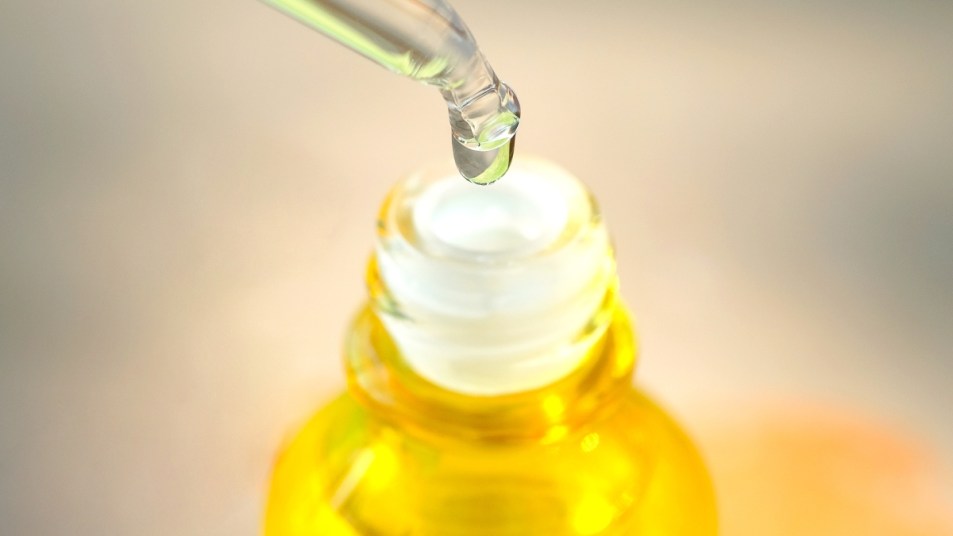Expert Advice: ‘Is Mineral Oil in Cosmetics Really Harmful?’
It's not as bad as you might think.

Are you someone who loves to look at the back of the label on all your cosmetics? We don’t blame you — some products have suspicious ingredients that can actually damage your skin (think parabens, formaldehyde, and other toxic chemicals). Yet not all of those mysterious ingredients are inherently evil. Take mineral oil, for example: This moisturizer has gotten a bad rap in recent years, but it might not be as bad as we think. To get a better understanding of the ins and outs of mineral oil (and other cosmetic ingredients), check out the advice below from our expert, Dr. Heather Moday.
Meet our expert.
Heather Moday, MD, is director of the Moday Center in Philadelphia. She is board-certified in allergy and immunology, as well as integrative and holistic medicine. You can follow her on Instagram (@theimmunitymd), where she shares information on health topics. And to ask her a question here, send an email to health@firstforwomen.com.
Mineral Oil in Cosmetics
Q: Some of my cosmetics have a big sticker noting that they’re free of mineral oil, but others don’t. That makes me wonder: Does mineral oil put my health at risk?
A: Mineral oil is a derivative of petroleum, which sounds scary, but it’s been safely used in cosmetics for decades because it helps moisturize, soothe, and protect the skin barrier. And while there’s some evidence that mineral oil may clog pores and cause acne, there’s no reason to switch if you’re not experiencing symptoms.
While you’re looking at labels, however, there are a few ingredients I do advise avoiding. Fragrance, alcohols (ethanol or isopropyl) and dyes like o-phenylenediamine are common in moisturizers and soaps, but they can dry out and irritate skin, especially if you have cuts or tears that the product can seep into. Additionally, parabens and phthalates, often in shampoos and conditioners, may disrupt hormones. Most cosmetics that don’t have these ingredients are labeled as such, but it’s always wise to check ingredient lists to ensure you’re avoiding the additives.
This content is not a substitute for professional medical advice or diagnosis. Always consult your physician before pursuing any treatment plan.
This article originally appeared in our print magazine, First For Women.
















